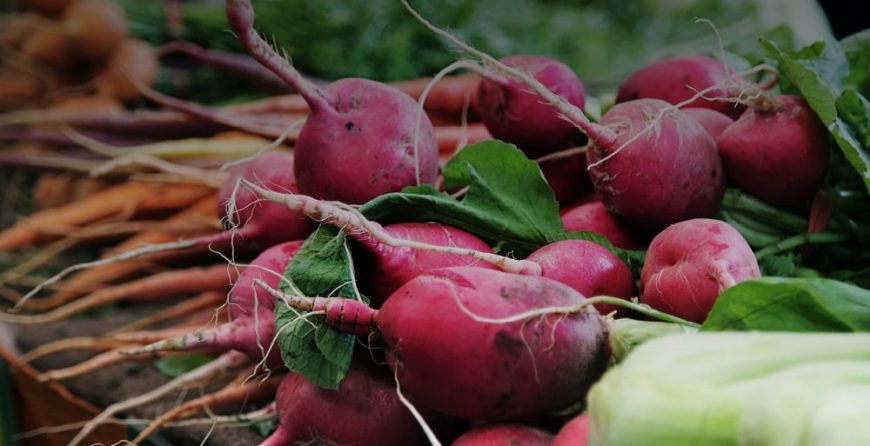 Organic gardening is one of the most affordable and satisfying ways to bump up your intake of healthy foods. Gardening will also make you more self-sufficient but starting a garden can be intimidating, even for those with experience. Novice gardeners may have trouble with the months-long wait we each must endure before garden plants are ripe for harvest.
Organic gardening is one of the most affordable and satisfying ways to bump up your intake of healthy foods. Gardening will also make you more self-sufficient but starting a garden can be intimidating, even for those with experience. Novice gardeners may have trouble with the months-long wait we each must endure before garden plants are ripe for harvest.
If you’re a reluctant gardener, or you’re super eager to reap the benefits of your planting efforts, we suggest planting the following five plants in your garden. Each of these plants grows well indoors, which means they will thrive in apartments, homes, and other places with little to no yard space.
Important Tips for Indoor Gardeners
When you begin a garden, you should keep in mind that all vegetables require light, air, water, and nutrients (such as good soil). When growing indoors, keep plants near a window. All of the plants we’re discussing today can be grown in the winter as long as you give them five to six hours of sun every day.
If you’re growing these plants indoors, you can use any size container, so small pots for one plant, a large flat, or anything in between are all appropriate. As an indoor gardener, you should fill the containers with potting soil as opposed to garden soil. Check to make sure the containers drain well so you don’t accidentally drown your plants.
You can grow each of the following plants from a seed with little to no trouble. Space them about four inches apart or closer together if you plant to thin the plants as they grow. Harvest them frequently so they continue to supply for you.
Fast-Growing Superfoods
1. Baby Greens: These guys grow so fast and easily and they’re full of critical nutrients. One of the best greens for you is baby spinach, which can be harvested in just four weeks. Baby spinach will thrive in containers, even if you decide to plant it close together.
Did you know that spinach is high in a wide variety of phytochemicals that help our cells fight cancer? It also contains high levels of vitamin C, Vitamin K, iron, and folate. You’ll absorb most of these nutrients best when eating it raw, but the iron content of baby spinach goes up when you cook it.
2. Radishes: The radish is a highly efficient vegetable because you can eat both the roots and the leaves. In fact, if you incorporate the leaves into your meal, you’ll get a higher dose of vitamin C, calcium, and protein. Radishes also help fight cancer thanks to their high anthocyanin content. A lot of gardeners enjoy working with radishes because they can be harvested in as little as 25 to 30 days after planting.
3. Green Onions: These onions are the best of both worlds because the bulbs taste like onions and the green leaves taste like chives. The only parts you should skip are the tiny roots at the bottom. Green onions are easy to work with because they take up such a limited amount of space in the garden and can be harvested in as little as three weeks.
Green onions are jam-packed with potassium, vitamin C and the antioxidant quercetin, which helps prevent chronic conditions such as cancer, heart disease, diabetes, allergies, and asthma.
4. Baby Carrots: Baby Carrots are excellent starter vegetables because they mature in as little as 30 days. They are one of the easiest vegetables to plant because you can just scatter the seeds on the top of your soil and water them. Carrots contain high amounts of beta-carotenes, which transforms into vitamin A once they enter the body.
5. Lettuce: Grown like spinach, lettuce is often ready about 30 days after planting. When the leaves are three inches long you can start harvesting it. Lettuce is a great source of vitamin C and will boost your immune system and cancer-fighting abilities.


